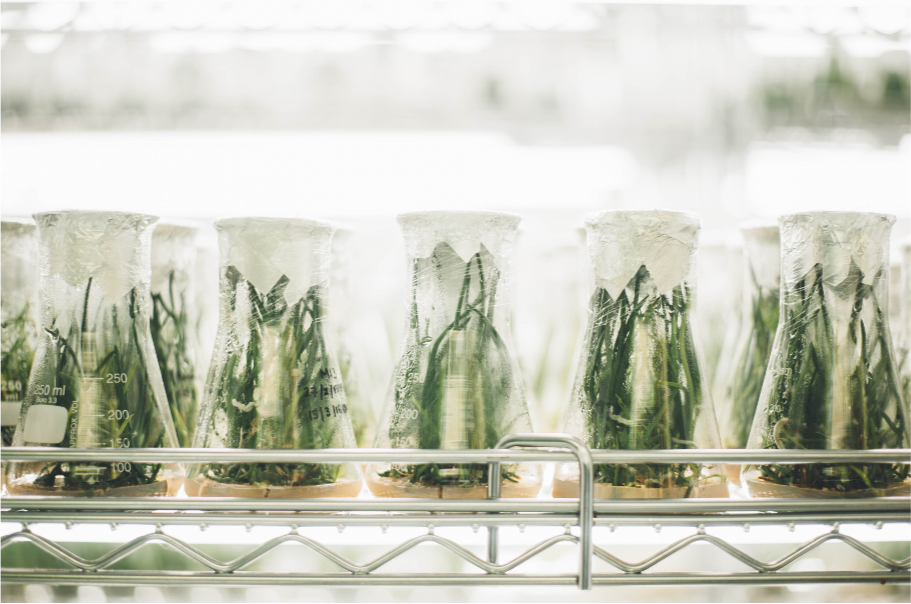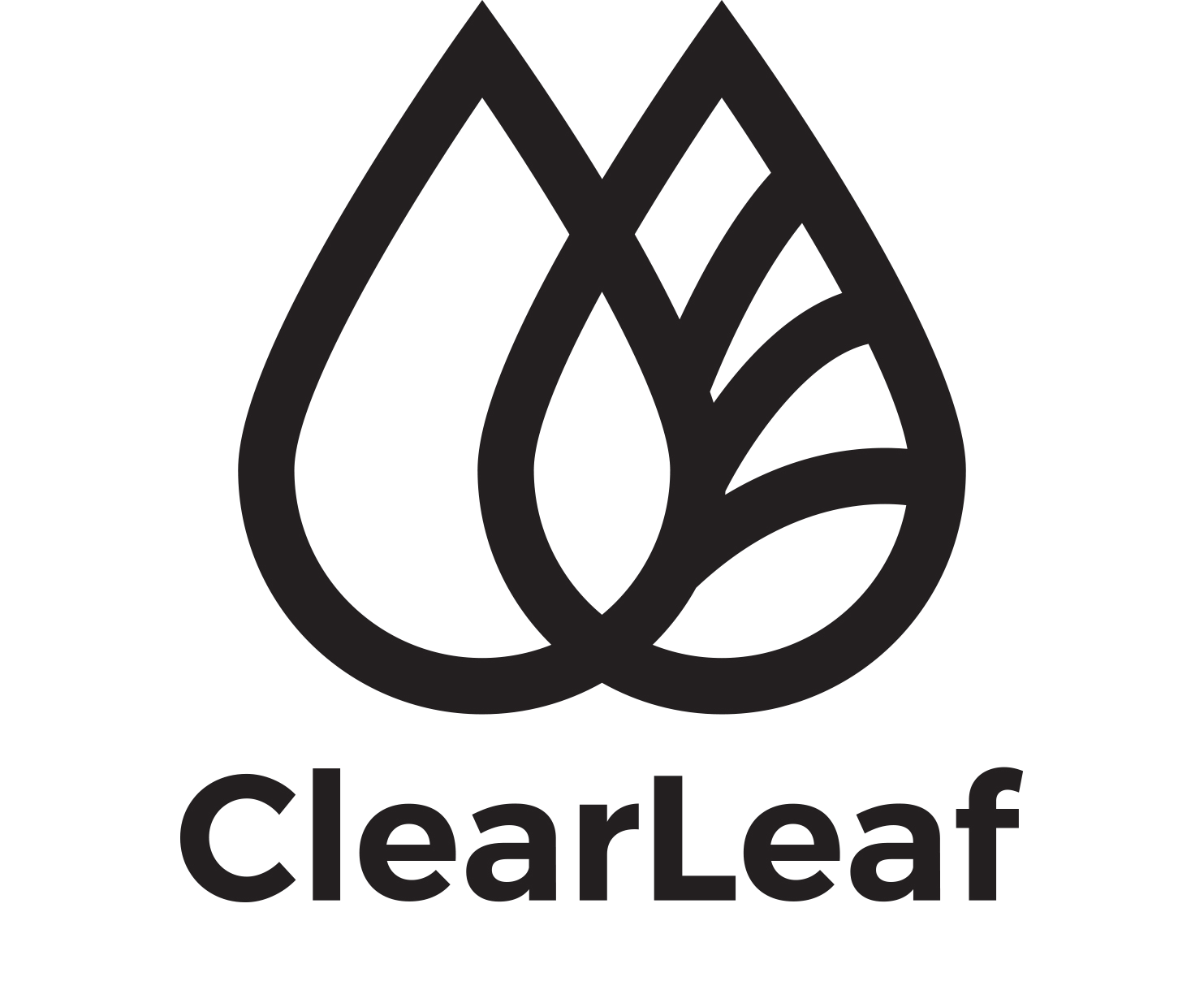
In vitro results
Pectobacterium carotovorum
Englobes bacteria also known as Erwinia. They attack the vast majority of crops that produce fruits, flowers or tubers, such as tomatoes, potatoes, cannabis, ornamental flowers, crucifers, among many others.
Fusarium oxysporum
This fungus causes "Panama disease" in bananas and hundreds of diseases in other species of agronomic importance. It is resistant to many fungicides currently used, making it especially important for global agronomy. The world production of bananas is threatened by the recent appearance and dispersion of "Fusarium Tropical Race 4 (TR4)", a very aggressive variety of this fungus.
Saccharomyces cerevisiae
This yeast has applications in bread and beer production, for its ability to consume sugar and produce carbon dioxide bubbles and alcohol. However, it is a big problem in sugar production. Contamination with this yeast in a sugar mill means large losses in production and contamination of the final product.
We observed a total inhibition of yeast growth at all the doses we tested. These results indicate that GotaBlanca® can be used to prevent this contamination at very low doses and, therefore, at very low costs.
Rhizoctonia sp.
This group of fungi produces wilting and rotting on stems and roots of almost all cultivated plants, including soybeans, potatoes, lettuce, flowers, cereals. It frequently attacks younger plants, since the seeds can carry the fungus before sowing. In its natural state it produces hard structures that allow it to survive on the ground for long periods, making its combat very complicated.
Inhibition percentages of up to 50% were observed at high concentrations of GotaBlanca®, with less but significant control as the dose was reduced.
Botrytis sp.
This fungus is called gray mold and causes various problems in a wide variety of horticultural crops. It leads to the death of flowers, leaves, buds, buds, seedlings and fruits of hundreds of plant species. It has a tendency to affect plants that produce soft fruits, such as grapes and strawberries, although it is especially important in crops where the commercial value is in the flower, such as ornamentals, roses, and Cannabis.
The fungus presented susceptibility to exposure to GotaBlanca® in the entire range of concentrations evaluated, reaching up to 40% inhibition at the lowest dose and up to 85% at the highest dose, presenting a direct relationship where the higher dose, the greater the inhibition. These results indicate that it is possible to evaluate different doses of GotaBlanca® according to the needs of each target crop.
Pseudocercospora fijiensis
(Mycosphaerella fijiensis)
This fungus affects banana crops worldwide and is known as Black Leaf Streak or Black Zigatoka. It is considered the most destructive foliar disease and of greater economic value in such crops and can cause losses of up to 50% in yield. Without control measures it can cause 100% loss of production due to deterioration in quality.
The germination of the fungal spores showed a marked reduction as the dose of the product was increased, achieving 100% inhibition at the highest concentration, being statistically different with the rest of the treatments. This effect was clearly observed even at intermediate doses.
Pythophthora sp.
The microorganisms of this group are very destructive, which cause wilting of fruits and roots of many plants of economic importance. This pathogen can survive for several years in the soil, mainly in the surface layers. It causes drowning of seedlings and rotting of stems, bulbs, tubers, leaves and fruits. They cause decay of the roots and crown in potted plants. Small roots die and brown-black lesions occur on larger roots. The plants wilt and the crown leaves fall off. Among the many species that are susceptible are ornamentals, grasses, potatoes, tomatoes, soybeans, fruit trees, citrus fruits, strawberries and cocoa.
When the microorganism was exposed to different doses of GotaBlanca®, two doses evaluated showed significant differences with the rest of the treatments, and managing to overcome 40% inhibition, indicating viability to combat this pest with GotaBlanca®.
Pseudomonas sp.
This bacterium is present throughout the world, especially in soil, water and plants. More than 50 variants are known, many of which have a high degree of specificity in their host plants. It causes spots and rot in crops such as potatoes, onions, cereals, sugar cane, among many others.
This ubiquitous bacterium was controlled at inhibition levels very close to 100% in almost all the concentrations of GotaBlanca® tested.
Ralstonia sp.
It is a group of proteobacteria previously included in the genus Pseudomonas that produces wilting and rot in potatoes, tomatoes, tobacco, bananas and bananas, among others. In many cases, the presence of this pathogen completely prevents the production of these crops. It is easily spread by insects, rain, contact between roots and tools. It causes yellowing, wilting, defoliation and drying of the leaves, leading to very important economic damages.
In the analysis of this bacterium, there was a direct relationship between the concentration of GotaBlanca® applied and inhibition of microbial growth. An inhibition effect close to 45% was observed at the lowest concentration, and all the major ones did not show significant differences between them.
Xanthomonas sp.
This bacterium produces bacterial spots and blights of leaves, stems, and fruits on a wide variety of plant species, such as citrus, sugarcane, pineapple, rice, ornamentals, tomatoes and potatoes, among many others. It enters the plant through natural openings or wounds, and then acquires systemic circulation, leading to leaf fall, necrosis and premature death of the plant.
This bacterium presented a very low tolerance to GotaBlanca®, with a 100% reduction in doses at doses greater than 50 ppm, and above 65% inhibition at the lowest dose.
Rhodotorula sp.
This is a common environmental yeast that is found in air, soil, lakes, ocean water, and food. Its species colonize plants, humans, and other mammals. It is of great importance in agriculture especially postharvest, since the yeast inoculum can cause infections in consumers.
This organism is particularly hard to control. However, we got good inhibition levels at mid and higher doses.
Thielaviopsis paradoxa
This plant pathogen causes economically important diseases in many agronomic crops, especially postharvest diseases such as black rot and stem-end rot disease of pineapple and carrots.
This organism is particularly hard to control. However, we got good inhibition levels at mid and higher doses.
Penicillium funiculosum
This plant pathogen infects pineapples, causing fruitlet core rot. It infects the flower of pineapple fruits, before the fruits are formed, inducing necrosis and preventing proper fruit formation, leading to devastating economical losses.
We observed the same general pattern found with other pathogens, where there is a higher control as the dose increases. This specific test measured the effect of GotaBlanca® in fungal sporulation, which is very hard to control.
Alternaria sp.
Alternaria is a genus of fungi that is often associated with decay and decomposition of post-harvest produce. It also infects foliage, flowers and fruits in many vegetable plants, causing rots. It has also been found infecting plants below the soil level.
Inhibition levels were above 60% at higher concentrations, with moderate control at intermediate concentrations.
Colletotrichum sp.
Colletotrichum fungi can be symbiont or pathogens to plants. They cause anthracnose in several species, such as papaya, pineapple, avocados and rubber trees. Its infection causes the appearance of dark, sunken lesions on leaves, stems, flowers, and fruits.
A reduced effect was observed for this pathogen compared to all others, given it hard-to-control nature. However, statistically different inhibition levels were found at higher concentrations of GotaBlanca®.
Pythium sp.
This soil borne parasitic fungus causes wilting and root rots in many species, such as cannabis, tomatoes and sugar cane. Also causes damping off of seedlings, when it kills newly emerged or emerging seedlings. While crop rotation techniques are used to prevent any microbial disease, this technique does not eradicate Pythium, because they are able to survive for a long time on decaying plant matter and within the soil.
Fungal growth was greatly inhibited at the highest concentration tested, showing also inhibition at lower doses.
Next step
ClearLeaf has defined a testing pathway and will continue testing in more pathogens in the coming months.
